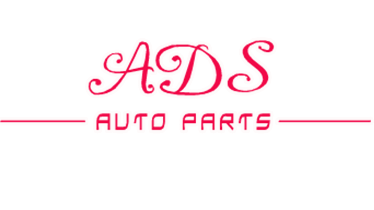The control arms are one of the critical components in the suspension of automobiles which affects the position and maneuverability of the vehicle. These parts functionally connect the framework of the car with its wheels in a way that they allow the wheels to be in the right position or be able to rotate as needed. Additionally, control arms also allow some degree of rotational movement so that the car rides smooth and the operations are efficient.
After installing the control arms, the wheels can go up and down but they are fixed in relation to the chassis of the vehicle. This is very important since it provides enough rest to the wheels when the vehicle turns or when on uneven ground. The design of control arms allows the wheels to be free to move up and down but the cars body remains unaffected which has many advantages over body roll. As a result of this body roll is minimized and contact of tires and ground is maximized which is crucial for effectiveness.
Control arms may be classified into two categories as upper and lower control arms. Lower and upper also need separate definitions because each of them has a function in the suspension system. The upper control arm connects the wheel assembly with the highest connection point of the structure chassis. The lower control arm links with the lower part of the wheel. The definition and form of these arms are not the same and this will depend on what make and model the car is. The aim, however, never varies – all control arms are designed with an objective of raising the effective center of gravity of a vehicle and thus improving the handling of the car.
Sitting comfort, among others, is one of the clearly distinguished benefits provided when control arms are kept in proper condition. Not employed or broken control arms due to their inexpedient use will result in productivity overestimations resulting in use of angles and causing bumpiness in rides because tire wear is very uneven. Not only will this lead to reduce comfort, but at the same time, it will also jeopardize someone’s safety.
The control arms are not only crucial in improving ride quality but also enhance the safety of the concerned vehicle in question. During an emergency scenario, an appropriately designed suspension system can alter the risk of causing an accident. They also enable the driver to have a better steerability, especially while driving fast or making quick changes in direction. Such arms are essential for control and deserve proper maintenance. Control arms development has seen improvements within its materials as well as its terms in the modern world.
To summarize, control arms support vehicles, by greatly affecting their stability and performance. Knowing these functions of the control arms and their importance however, vehicle owners will know better on how to take care of them in terms of maintenance or replacement.
 EN
EN
 AR
AR
 PT
PT
 RU
RU
 ES
ES
 VI
VI


